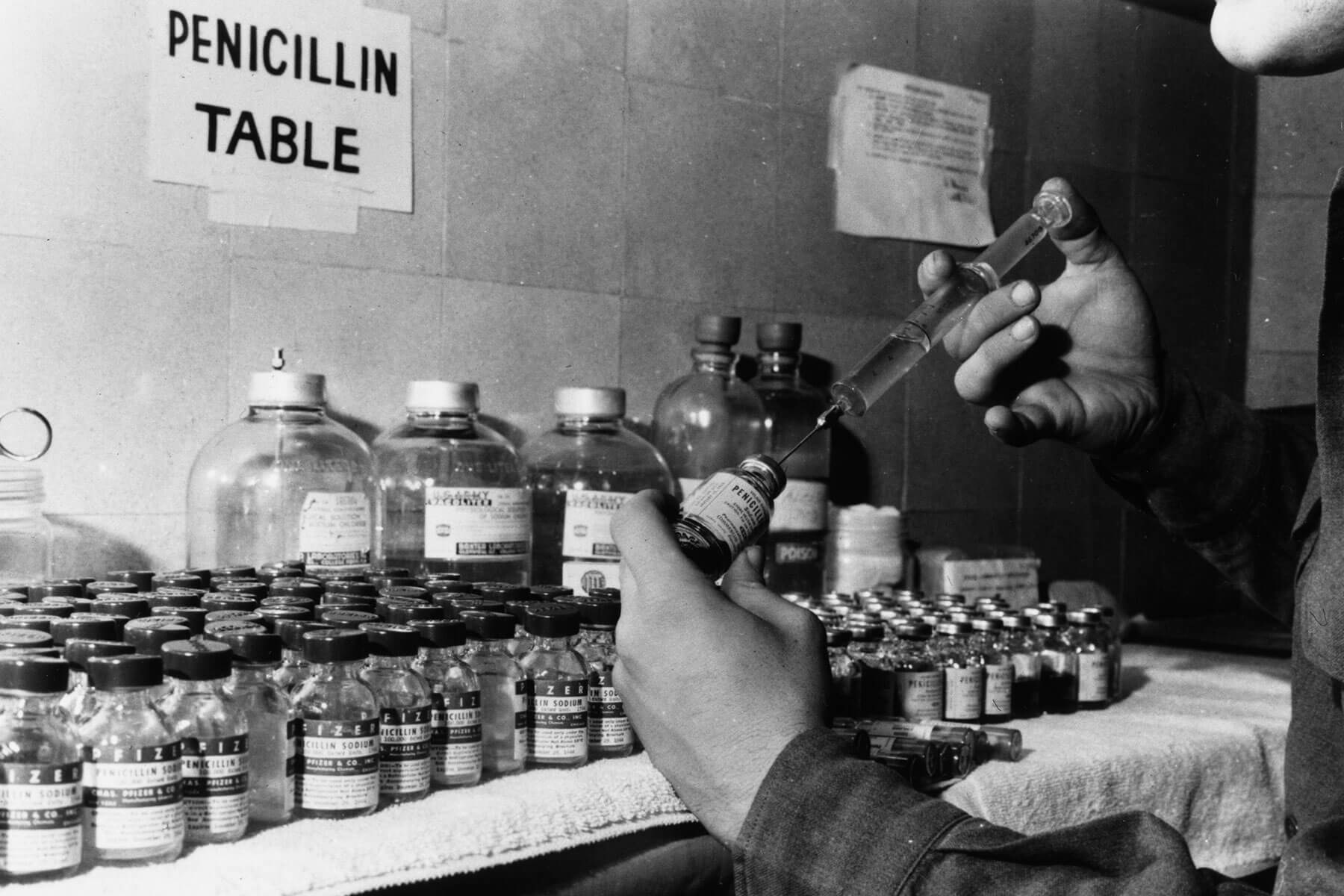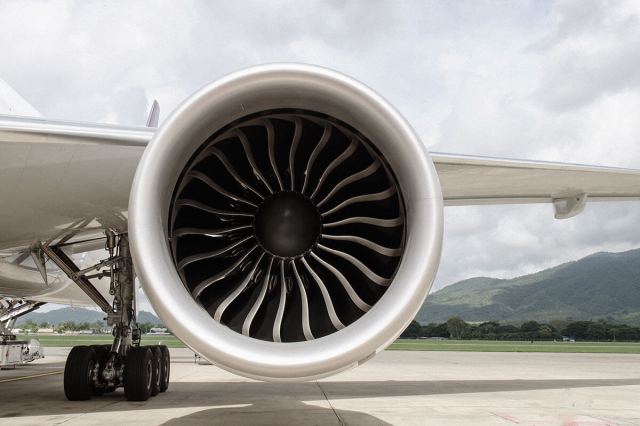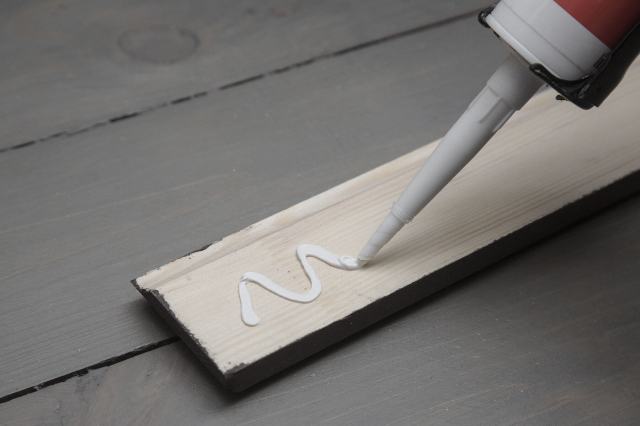7 Innovations That Came Out of World War II
It’s often said that wars bring about a wave of innovation — necessity being the mother of invention, as the old adage goes. In reality, that’s not necessarily true. According to some studies, there tends to be a significant decline in inventiveness immediately after the outbreak of a war, followed by a marked surge, the net result being a fairly standard rate of innovation overall. Creation through necessity or even desperation certainly happens, but prosperous, peaceful, and free societies tend to be just as inventive, if not more so.
That said, plenty of technological innovation took place during World War II, especially in fields that had military applications. Here are some of the most pivotal, successful, and enduring inventions to come out of the war, from handy tools used by millions of people to miracle drugs that have saved countless lives.
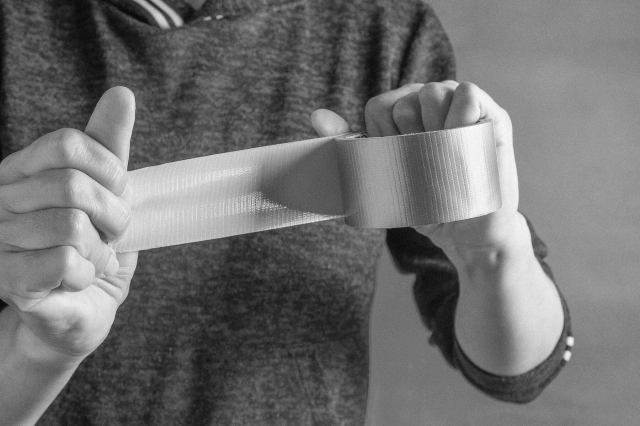
Duct Tape
In 1943, Vesta Stoudt, an Illinois woman with two sons serving in the U.S. Navy, was working in an ordnance plant when she noticed a problem with the ammunition boxes she was packing. The boxes were sealed with paper tape with a tab to open them, but this tab could easily tear off, leaving soldiers potentially scrambling to open the boxes in life-threatening situations. So, Stoudt came up with the idea of a waterproof fabric tape with which to seal the boxes — an idea she sent to none other than President Franklin D. Roosevelt. Impressed, the President sent her letter to the War Production Board, which soon came up with what we now know as duct tape. Not only was it easy to apply and remove on ammo boxes, but it also turned out to be endlessly handy for quickly repairing military equipment, including vehicles and weapons.
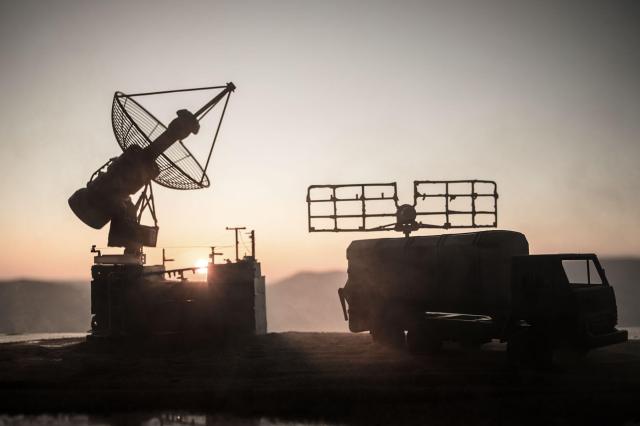
Radar
The fundamental principle underlying modern radar (which is actually an acronym for “radio detection and ranging”) was first observed in 1886 by physicist Heinrich Hertz, who found that electromagnetic waves could be reflected from various objects. It was during World War II, however, that modern, practical radar was developed. Britain had already established a chain of radar stations along its south and east coasts by the outbreak of the war, allowing for the detection of enemy aircraft at a range of 80 miles. The British then invented the cavity magnetron in 1940, paving the way for far more compact, powerful, and sensitive radar units (and, as it happens, microwave ovens).





